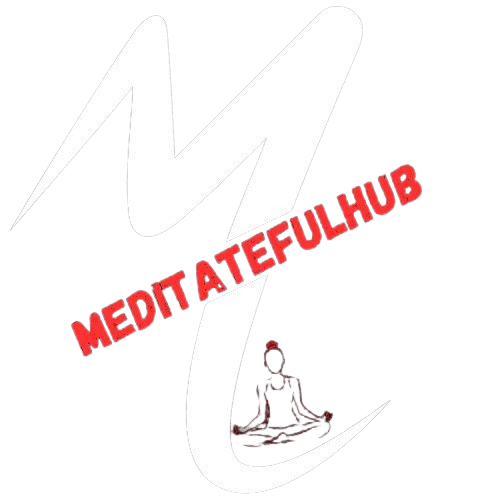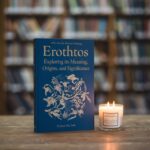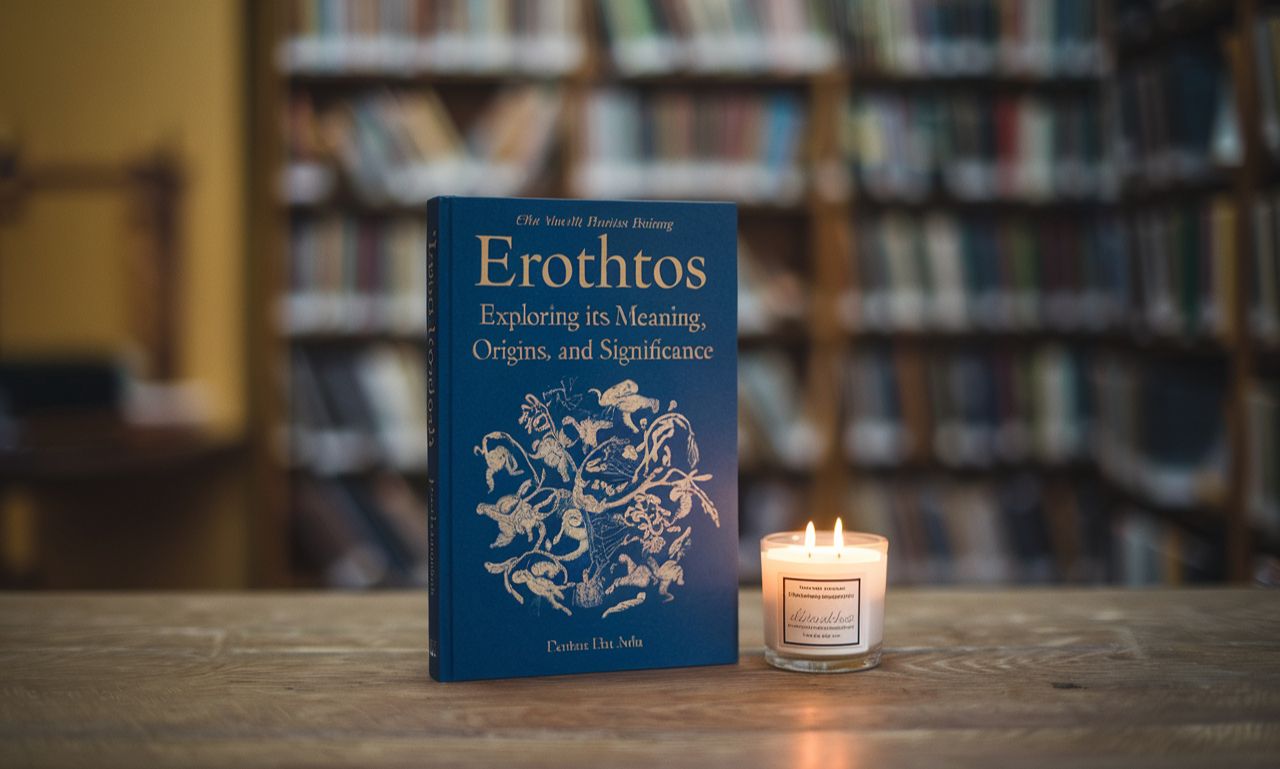Transcendental Meditation (TM) is a widely practiced technique celebrated for its ability to reduce stress, improve focus, and enhance mental clarity. At the heart of this practice lies the use of a mantra—a powerful sound or word repeated silently to calm the mind and transcend ordinary thought. But what exactly are TM mantras, and how do they work?
This blog explores the essence of transcendental meditation mantras and provides ten examples to give you a deeper understanding of their significance. Whether you’re a beginner or a seasoned practitioner, this guide will help you unlock the full potential of your meditation practice.
What Is a Transcendental Meditation Mantra?
A transcendental meditation mantra is a specific sound or phrase given by a certified TM teacher to a practitioner. The mantra doesn’t hold a specific meaning but serves as a tool to help you reach a deep, meditative state. Unlike affirmations or motivational phrases, TM mantras are chosen for their phonetic qualities, which foster relaxation and enhance personal introspection.
Mantras are traditionally derived from ancient Sanskrit words, a language with vibrations believed to harmonize with the universe’s natural frequencies. It’s important to note that, in Transcendental Meditation, the mantra provided is tailored to the individual and is typically kept private for optimal practice.
Why Are Transcendental Meditation Mantras Important?
The mantra plays a critical role in TM by acting as a mental focus point. Its repetition helps settle the mind into a state of restful awareness, separating you from distracting thoughts. Key benefits of using a TM mantra include:
- Stress reduction: Numerous studies have cited TM as highly effective for lowering stress levels.
- Clarity and focus: A mantra helps eliminate mental chatter, allowing for improved mental clarity.
- Deeper meditative states: Mantras facilitate transcendence, leading to profound inner peace and self-awareness.
- Consistency in practice: A dedicated mantra serves as an anchor to a routine, ensuring a consistent meditation practice.
These benefits have made mantras a core component of Transcendental Meditation for millions worldwide.
10 Examples of Transcendental Meditation Mantras
While official TM mantras are assigned during personal training and often remain private, here are ten general examples of mantras often utilized in meditation practices to inspire or guide you. Do note that these may not directly apply to TM as taught through an authorized teacher, but they can provide insight into the foundational principles of mantra use.
1. Om
One of the most universally recognized mantras, “Om” resonates deeply with vibration. Often referred to as the sound of the universe, chanting “Om” can help align your mind with universal energies.
2. Shanti
Meaning “peace” in Sanskrit, “Shanti” is commonly used to invite serenity and balance into your meditation. Its rhythmic sound reinforces calmness.
3. Aham Prema
This mantra translates to “I am love.” It is ideal for cultivating self-love and compassion, enabling a deeply emotional connection during meditation.
4. Soham
A mantra that means “I am that,” “Soham” embodies universal brotherhood and helps connect the individual self to the infinite. It is often synchronized with the inhalation and exhalation of breath.
5. Ram
Simple yet profound, “Ram” is associated with strength and divine power. This mantra invites stability and spiritual energy into your practice.
6. Hreem
“Hreem” is a bija (seed) mantra associated with creation and manifestation. It is perfect for those using meditation to foster creativity and channel energy into new ideas.
7. Ananda
Ananda means “bliss” and acts as a beacon for happiness and spiritual awakening during meditation sessions.
8. Bhavam
This mantra symbolizes a state of devotion and emotional intensity, ideal for cultivating a deep sense of gratitude and surrender.
9. Vam
A foundational sound related to the sacral chakra, “Vam” promotes emotional healing, creativity, and sensuality.
10. Ham-Sa
The “Ham-Sa” mantra pairs rhythmically with breath and translates to “I am that.” It is frequently used to remind the practitioner of their oneness with the infinite.
These examples offer a glimpse into the diverse and profound world of mantras. However, for practicing Transcendental Meditation as taught in its authentic form, working with a certified TM teacher to receive your personal mantra is the key to unlocking its full potential.
The Role of Expert Curation in TM Practice
A core feature of TM is that the mantras are neither selected randomly nor chosen by the practitioner—they are assigned by a trained teacher based on personal and universal factors. This ensures that the mantra harmonizes with your mental and physical state, facilitating an effective meditation practice. This expert curation elevates TM from a general meditation technique to a personalized and highly effective wellness tool.
How to Use a Transcendental Meditation Mantra
Starting your TM practice can be simple when guided by a certified teacher, but here are general principles to keep in mind:
- Choose a quiet space where you won’t be disturbed.
- Sit comfortably, with your spine straight and shoulders relaxed.
- Close your eyes and take a few deep breaths to settle into a relaxed state.
- Begin silently repeating your mantra in your mind. There’s no need to force it; allow it to flow naturally.
- Whenever your mind wanders, gently bring it back to the mantra. Avoid resisting thoughts but don’t engage with them.
- Practice for about 15–20 minutes, twice a day for optimal results.
With consistent practice, you’ll notice the mantra becoming an effortless anchor for reaching deeper meditative states.
Elevate Your Practice with Guidance
If you’re ready to explore the profound benefits of Transcendental Meditation and mantras, the best way to take your practice to the next level is through proper training. Certified TM instructors not only assign personalized mantras but also offer guidance tailored to your unique needs.
Meditation is a deeply personal practice, and working with an expert ensures you’re set up for success from the start. From reducing stress to fostering clarity and creativity, TM offers unparalleled benefits—but the mantra is where it all begins.
Final Thoughts on Transcendental Meditation Mantras
Transcendental Meditation mantras are a gateway to a calmer, more focused, and enriched life. These sounds or phrases allow practitioners to eliminate distractions and unlock profound self-awareness. Whether you’re just starting or seeking to deepen your practice, the right mantra paired with expert guidance ensures you harness the full potential of TM.
Take the first step toward a more peaceful you with Transcendental Meditation today. If you’re ready to personalize your practice and experience the many benefits of TM, reach out to a certified instructor and unlock the mantra that resonates with your soul.
Conclusions
Transcendental Meditation is more than just a practice; it is a powerful tool for personal transformation. By incorporating a personalized mantra, individuals can tap into a state of deep relaxation, improved mental clarity, and overall well-being. The effectiveness of TM lies in its simplicity and accessibility, making it suitable for people from all walks of life. To truly experience its benefits, consistency and proper guidance are key. Begin your TM journey today and discover how a few minutes of dedicated practice each day can bring lasting harmony and balance to your life.











